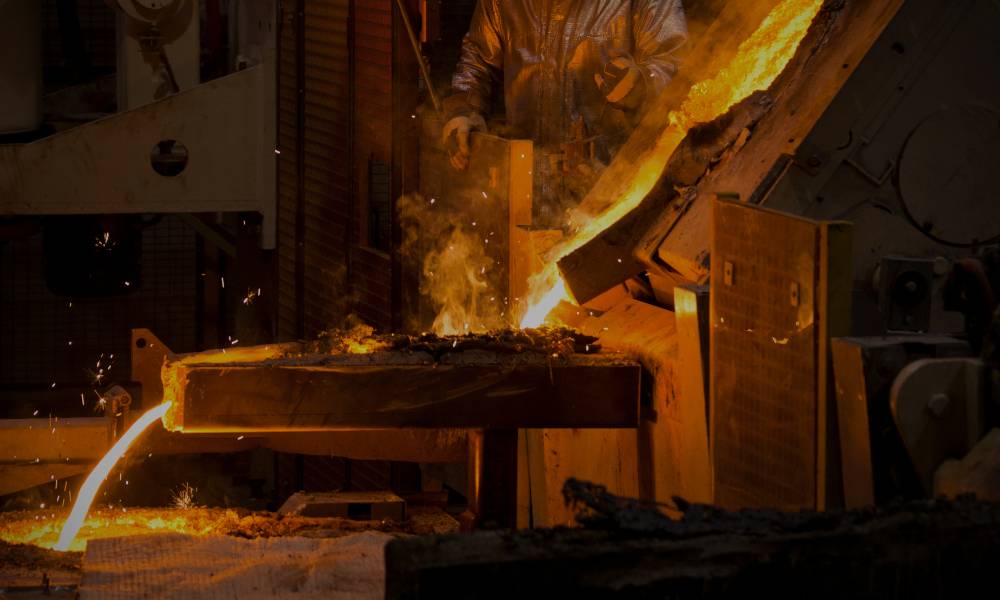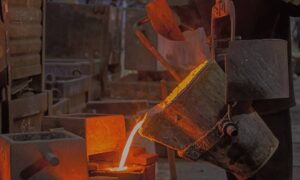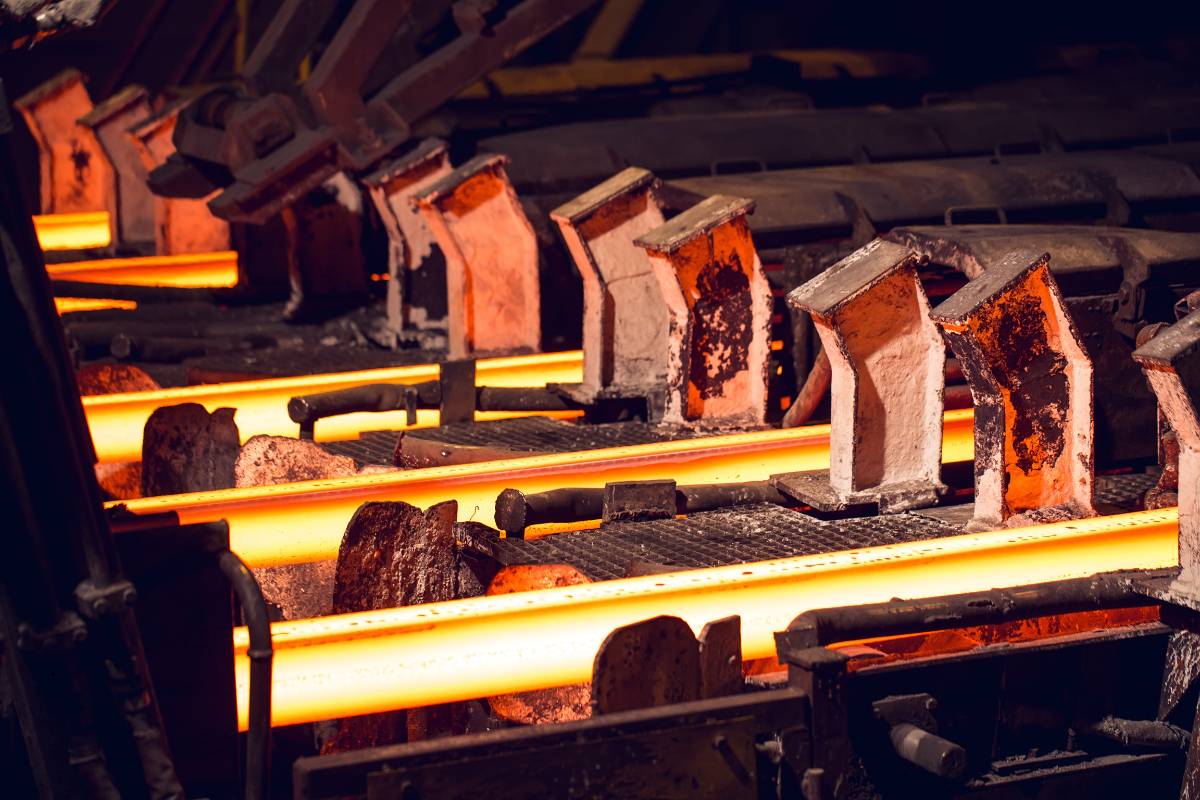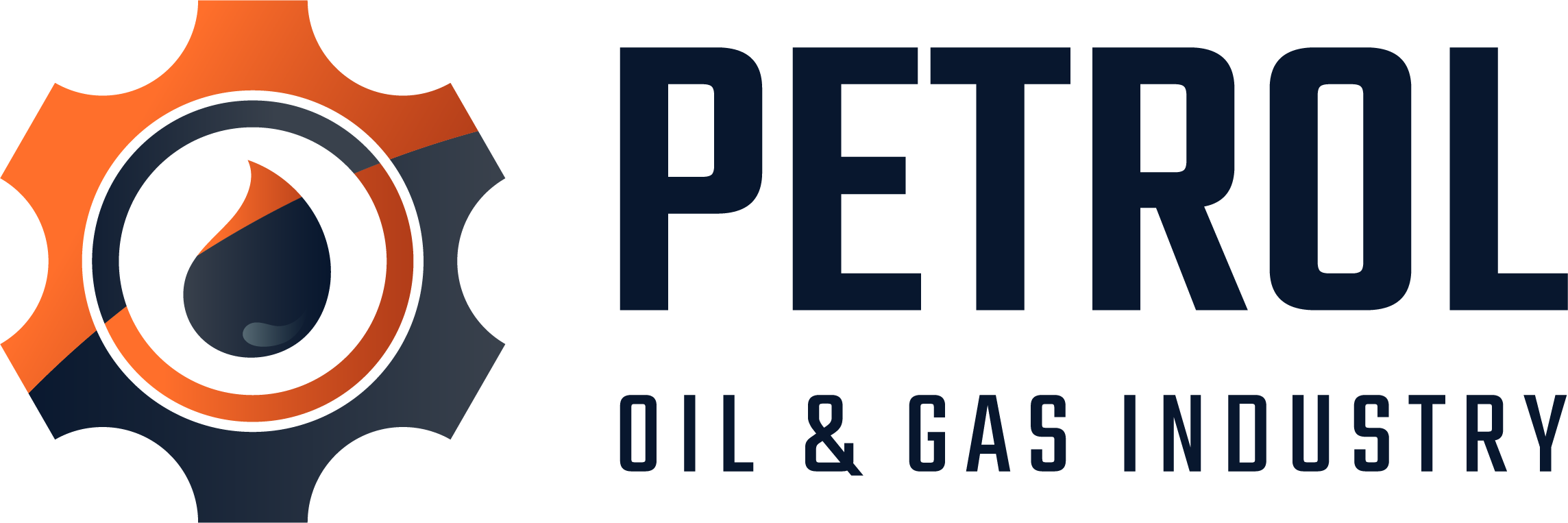
How Simulation Improves Casting Accuracy & Reduces Defects – Uni Deritend
At Uni Deritend, precision begins before pouring. Our advanced casting simulation technology empowers engineers to predict defects, enhance molten metal flow, and validate complex designs virtually—ensuring flawless results, faster lead times, and improved yield before the first mold is even made. This virtual testing process is crucial, as it provides deep insight into thermal stresses and solidification patterns, directly resulting in Casting Simulation – Improving Accuracy & Reducing Defects in the final part. By identifying potential issues like porosity, shrinkage, or cold shuts within the digital realm , we eliminate costly physical trial-and-error cycles. Implementing Casting Simulation – Improving Accuracy & Reducing Defects is a cornerstone of our manufacturing philosophy, allowing us to consistently deliver high-integrity components that meet the most stringent specifications.

What Is Casting Simulation and Why It Matters
Casting Simulation is a virtual manufacturing process that replicates the real-world conditions of molten metal flow, solidification, and cooling within a mold. This technology is fundamentally about Casting Simulation – Improving Accuracy & Reducing Defects from the very beginning of the production cycle, before any metal is poured.
It empowers engineers with crucial predictive insights, allowing them to:
- Identify thermal hotspots and cold shuts before production.
- Optimize gating, riser, and runner systems for uniform feeding.
- Predict defects like shrinkage porosity, inclusions, or cracks.
At Uni Deritend, these real-time adjustments and virtual validations are the core mechanism for Casting Simulation – Improving Accuracy & Reducing Defects. This capability prevents costly rework, minimizes wasted material, and eliminates production delays, ensuring the first part is often a perfect part. Utilizing this advanced analysis is the most reliable way to achieve and maintain the high level of precision required by modern industries, making Casting Simulation – Improving Accuracy & Reducing Defects an indispensable tool in high-integrity investment casting.
Have Any Questions?
Connect with our experts for quick, reliable answers.
Recent Posts


The Traditional Challenge in Casting – Trial and Error
Conventional foundry setups often relied on trial and error—time-consuming, expensive, and prone to human uncertainty.
Simulation eliminates this dependency, combining physics-based modeling with metallurgical data to make every casting run predictable, repeatable, and right-first-time.
Uni Deritend’s Simulation-Driven Approach
Our engineering workflow integrates simulation from the earliest design stages:
- CAD Integration & Geometry Analysis: We import 3D CAD models directly into our simulation software, analyzing draft angles, wall thickness, and fillet radii.
- Virtual Pouring Analysis: Molten metal flow is digitally simulated to identify turbulence zones and flow interruptions. This ensures complete fill without trapped gas or misruns.
- Thermal Solidification Mapping: Cooling rates and temperature gradients are visualized, helping our metallurgists fine-tune mold design and alloy selection.
- Defect Prediction and Correction: We analyze porosity, shrinkage, and distortion before casting begins—allowing us to redesign gating or feeding systems virtually instead of physically.
Advantages of Simulation in Casting Accuracy
Parameter | Without Simulation | With Uni Deritend Simulation |
Yield Rate | 70–80% | 95–98% achievable |
Rejection Rate | High (Defects Post Machining) | Reduced by up to 60% |
Lead Time | Long due to rework | Shorter due to right-first-time runs |
Dimensional Accuracy | ±0.5 mm | ±0.2 mm with controlled cooling analysis |
Uni Deritend’s simulation-first philosophy ensures the mold, material, and metallurgy are all validated digitally before a single pour begins.
Defects Eliminated Through Simulation
Simulation detects and prevents:
- Shrinkage Porosity: By adjusting riser placement and feed paths.
- Gas Entrapment: Through optimized flow velocities and venting.
- Cold Shuts: By ensuring metal temperature uniformity.
- Hot Tears and Cracks: Using thermal gradient control and stress analysis.
This results in defect-free castings with superior structural integrity and extended service life.


The Digital Twin of Manufacturing
At Uni Deritend, each casting’s digital twin mirrors its physical counterpart—capturing temperature, velocity, and pressure data.
This data feeds into our AI-driven process optimizer, refining parameters continuously for future runs.
Real-World Impact – Case Example
A major automotive client faced persistent porosity in turbocharger housings. Simulation identified hot spots in riser regions; after gating redesign, porosity dropped by 85%, yield rose by 17%, and lead time shrank by 30%.
Sustainability and Waste Reduction
Each virtual iteration saves metal, energy, and time. By avoiding trial batches and rework, Uni Deritend reduces scrap by 25% and melting energy by 15%—a key milestone in our green manufacturing strategy.
FAQ
Frequently Asked Questions
Frequently Asked Question on How Casting Simulation – Improves Accuracy & Reducing Defects
Casting simulation is a virtual replica of the foundry process that predicts metal flow, solidification, and defects, allowing manufacturers to validate and optimize designs before actual production.
By digitally mapping thermal gradients and flow patterns, simulation allows precise control of solidification rates, ensuring uniform microstructure and dimensional accuracy for every casting.
Simulation prevents common defects like porosity, shrinkage, gas inclusions, and cracks by optimizing feeding systems, gating design, and pouring parameters.
Yes, by reducing rework, scrap, and trial runs, simulation cuts overall manufacturing costs while shortening time-to-market for engineered components.
Simulation data drives process optimization, feeds AI models, and guides design enhancements to improve casting accuracy and performance over time.
Yes, Uni Deritend applies simulation for steel, aluminum, nickel, and duplex alloys to tailor cooling curves and flow patterns specific to each metal’s behavior.
Partner with Uni Deritend – Founded in 1977, pioneering simulation-driven investment casting that delivers zero-defect components, shorter lead times, and unmatched accuracy for global OEMs.

